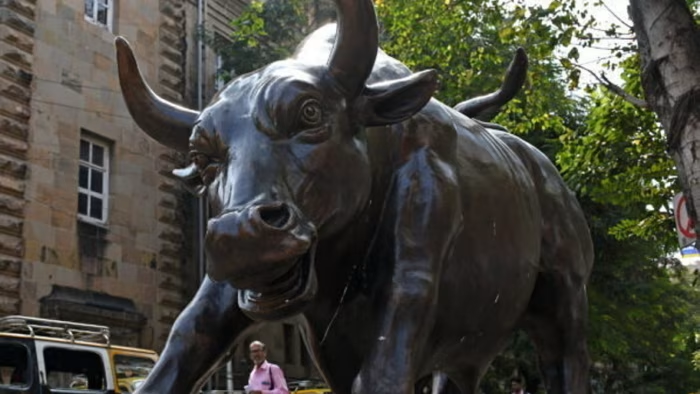India is poised for a significant upswing in initial public offerings (IPOs) following a slow start to the year, capitalizing on a recent stock market recovery that has emerged after initial instability attributed to tariff threats from former U.S. President Donald Trump. This week, two of the most awaited IPOs are set to make their market debut: Tata Capital’s $1.7 billion offering on Monday, followed by LG Electronics’ $1.3 billion listing for its Indian business on Tuesday.
Analysts project that India could witness approximately $5 billion worth of IPOs within this month alone, with further activity expected to generate an additional $5 billion before the year concludes. Harish Raman, co-head of Asia equity capital markets at Citigroup, noted that the current IPO pipeline is comparatively robust, highlighting an increasing confidence in the market.
Recent months have seen equities recover from a sluggish start earlier in the year, marked by Trump’s tariff threats in April and subsequent military tensions with Pakistan in May, which led to concerns regarding India’s economic outlook. Despite the persistence of a 50% tariff on goods coming into the country—among the highest globally—the Indian market has displayed considerable resilience, with the Nifty 50 stock index showing a 14% increase from its low point in April.
The resurgence in IPO activity appears poised to surpass last year’s record of $21 billion, with a significant concentration of activity happening in October. This uptick is partly attributed to consistent corporate earnings, along with government initiatives aimed at overhauling the goods and services tax, all contributing to an overall boost in market confidence, as stated by Pranav Haridasan, CEO of Axis Securities.
Anticipated listings also include a $1 billion-plus debut from ICICI Prudential Asset Management and a nearly $700 million listing for Pine Labs, a digital payments company backed by PayPal and Temasek. Additionally, WeWork India, which was sold by its U.S. parent to the Indian property group Embassy last year, raised over $350 million this month.
George Chan, EY’s global head of IPOs, remarked on the rebound in activity during the second half of the year, attributing it to strong valuation multiples and a surge in domestic investor interest. He noted that increasing average deal sizes signify growing optimism among investors in sectors such as fintech, manufacturing, and renewable energy.
On the domestic front, investors have deposited a net $63.2 billion into the market this year, which more than offsets the $25.3 billion in net outflows from foreign holdings, according to data released by Groww, one of India’s largest online trading platforms. Mutual funds have emerged as a favored investment vehicle among retail investors, with households contributing approximately $3 billion monthly through systematic investment plans, as noted by Yatin Singh, CEO of investment banking at Emkay Global Financial Services.
These steady inflows have significantly bolstered fundraising activities, according to Kailash Soni, head of India equity capital markets at Goldman Sachs. However, the dominance of domestic funds has inadvertently limited access for foreign investors, often resulting in restricted allocations due to high demand. Rita Tahilramani, investment director of Asian equities at Aberdeen, expressed concerns over the limited allotments and high valuations, which could deter foreign participation.
Despite these hurdles, domestic funds are expected to maintain their support for the market, especially given the government-imposed restrictions on individual foreign investments by residents, capped at $250,000 annually. As Yatin Singh explained, Indian investors face limited options to explore better investment prospects across Asia, indicating that any funds entering the market will need to be reinvested within India itself.







